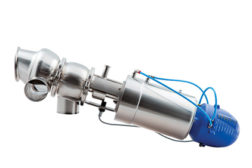Best practices for pumps and valves in dairy processing plants
Choosing the right pump and the right valve can make a dairy plant more efficient. Properly sized equipment leaves little waste in the pipeline and gets the most from CIP solutions.
Read More


